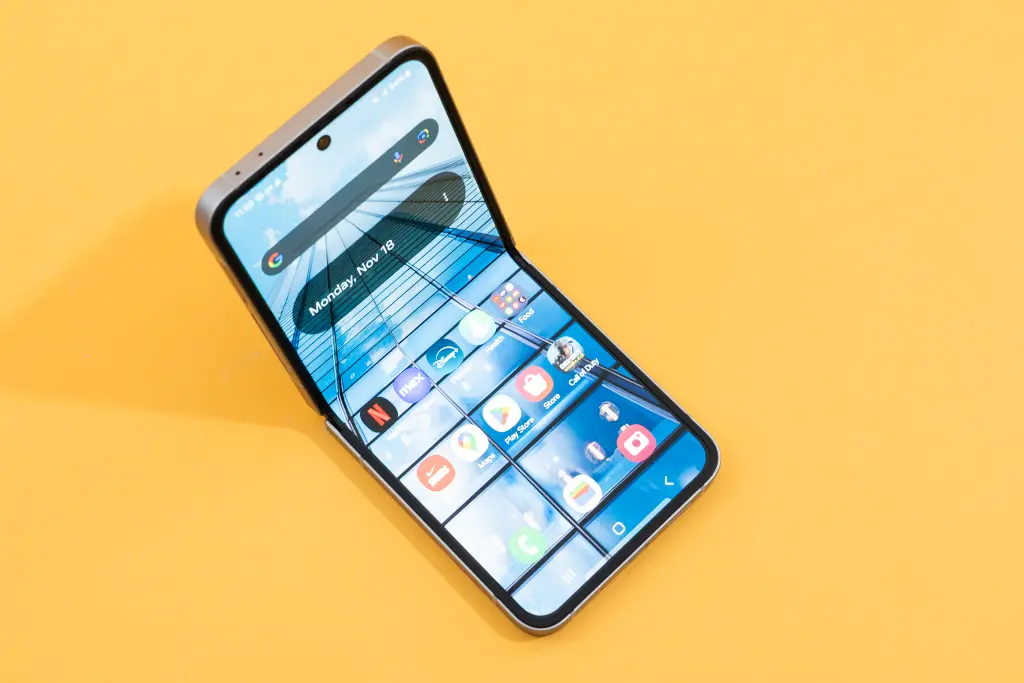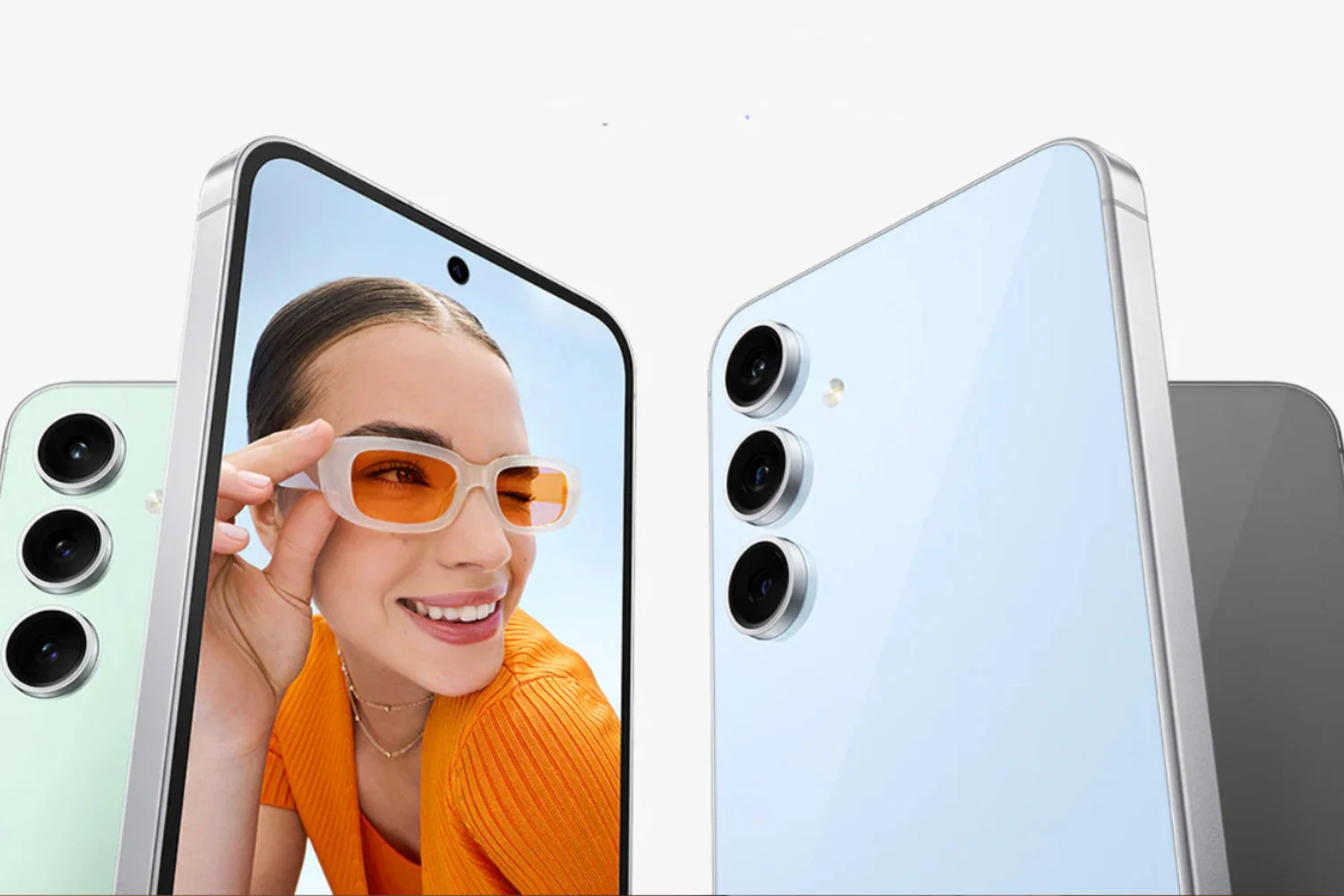The smartphone market in 2025 has become a battlefield for innovation, with foldable phones and traditional bar phones leading the charge. As technology enthusiasts and casual consumers weigh their options, the choice between these two types of devices has never been more critical. Foldable phones are lauded for their futuristic designs and versatility, while bar phones hold their ground with reliability and simplicity. But which truly reigns supreme?
The debate is not just about aesthetics—it’s about how these devices fit into our increasingly digital lifestyles. From multitasking and portability to durability and cost, each format brings unique advantages and limitations. In this article, we’ll dive deep into the pros and cons of foldable phones and bar phones in 2025. Whether you’re a tech-savvy professional looking to upgrade or someone searching for the perfect balance of functionality and style, understanding these differences will empower you to make an informed decision.

By exploring the nuances of each design, we aim to offer clarity on this polarizing topic. Beyond their physical structures, foldable and bar phones reflect broader trends in innovation, user preferences, and industry shifts. So, let’s unpack the pros and cons, analyze their real-world applications, and ultimately determine which category stands out as the better choice for 2025 and beyond.
What Makes Foldable Phones Unique?
Advantages of Foldable Phones
- Expanded Screen Real Estate
One of the biggest draws of foldable phones is their larger screen size without increasing device dimensions. For instance, models like the Samsung Galaxy Z Fold 5 and Oppo Find N3 offer tablet-like experiences when unfolded, making them ideal for productivity and entertainment. - Improved Multitasking
Foldable devices excel in multitasking. With split-screen capabilities and the ability to run multiple apps simultaneously, they cater to professionals who need to manage tasks efficiently. This is particularly beneficial for content creators, marketers, and remote workers. - Enhanced Portability
Despite their larger displays, foldable phones retain a compact form when folded. This dual nature of being both pocket-friendly and expansive makes them an attractive choice for travelers and commuters. - Stylish and Innovative Design
Foldable phones turn heads. Their futuristic appeal and high-end build materials make them more than just functional devices—they’re also status symbols.
Challenges of Foldable Phones
- Durability Concerns
Foldable displays are more fragile than traditional screens, often prone to scratches and damage. The folding mechanism, while innovative, introduces wear and tear over time. - High Costs
As cutting-edge devices, foldable phones come with a hefty price tag. For example, the latest models start at $1,500, making them less accessible to budget-conscious consumers. - Limited App Optimization
Many apps are not yet optimized for foldable screens, which can lead to inconsistent user experiences. While big names like Microsoft and Google are adapting, smaller developers lag behind. - Weight and Thickness
Foldable phones tend to be heavier and bulkier compared to bar phones, which could be a dealbreaker for those who prioritize sleekness.
Why Bar Phones Remain Relevant

Strengths of Bar Phones
- Simplicity and Durability
Bar phones are known for their straightforward designs and robust build quality. Devices like the iPhone 15 and Google Pixel 8 Pro are made to last, offering excellent protection against drops and daily wear. - Affordability
Traditional bar phones come in a wide range of prices, from budget-friendly options to premium models. This accessibility ensures there’s a bar phone for every type of user. - Widespread App Compatibility
Bar phones benefit from decades of app optimization, providing a seamless experience across platforms. Whether it’s gaming, streaming, or work-related tasks, you’ll find a polished experience. - Slim and Lightweight Designs
The sleek and compact nature of bar phones makes them perfect for single-handed use and pocketability, appealing to users who value practicality.
Limitations of Bar Phones
- Static Screen Size
Unlike foldable phones, bar phones are confined to a single screen size, limiting multitasking capabilities. Users looking for more screen real estate have to opt for tablets or external monitors. - Less Future-Forward Design
While functional, bar phones lack the wow factor of foldable devices. Their designs, while evolving, can feel iterative rather than revolutionary. - Limited Innovation Opportunities
Bar phones may face challenges in introducing groundbreaking features compared to foldable phones, which still have room for experimentation.
Foldable vs. Bar Phones: Head-to-Head Comparison
| Feature | Foldable Phones | Bar Phones |
|---|---|---|
| Screen Size | Expansive and adaptable | Static and consistent |
| Portability | Compact when folded, larger when unfolded | Slimmer and lighter overall |
| Durability | Susceptible to wear on hinges | More durable with fewer moving parts |
| Price | High starting price | Available across a wide price range |
| Multitasking | Superior split-screen functionality | Limited multitasking support |
| Aesthetic Appeal | Futuristic and innovative | Classic and refined |
The Future of Smartphones: Are Foldables the New Standard?
Foldable phones undoubtedly represent the future of mobile innovation. With brands continuously improving hinge designs, display technology, and app compatibility, these devices are becoming more mainstream. However, their high costs and durability issues still make bar phones the more practical choice for most users in 2025.
Bar phones, on the other hand, continue to deliver reliability and value. Their refined designs, lower price points, and seamless user experiences ensure they remain the go-to choice for the average consumer.
Conclusion: Choosing the Right Device for Your Needs
When deciding between foldable and bar phones in 2025, the choice boils down to your priorities and lifestyle. Foldable phones offer innovation, larger screens, and multitasking capabilities that appeal to tech enthusiasts and professionals. They are perfect for those willing to invest in cutting-edge technology and adapt to the latest trends.
Bar phones, however, remain the trusted workhorse for the majority. With their balance of affordability, durability, and ease of use, they cater to individuals who value practicality over flash. From budget-conscious buyers to those who prefer a device that simply works, bar phones hold their ground.
Ultimately, the competition between foldable and bar phones reflects the diversity of user needs in 2025. As technology continues to evolve, one thing is certain: both categories will coexist, serving different segments of the market. Whichever you choose, you’ll be part of a fascinating era in mobile innovation.




